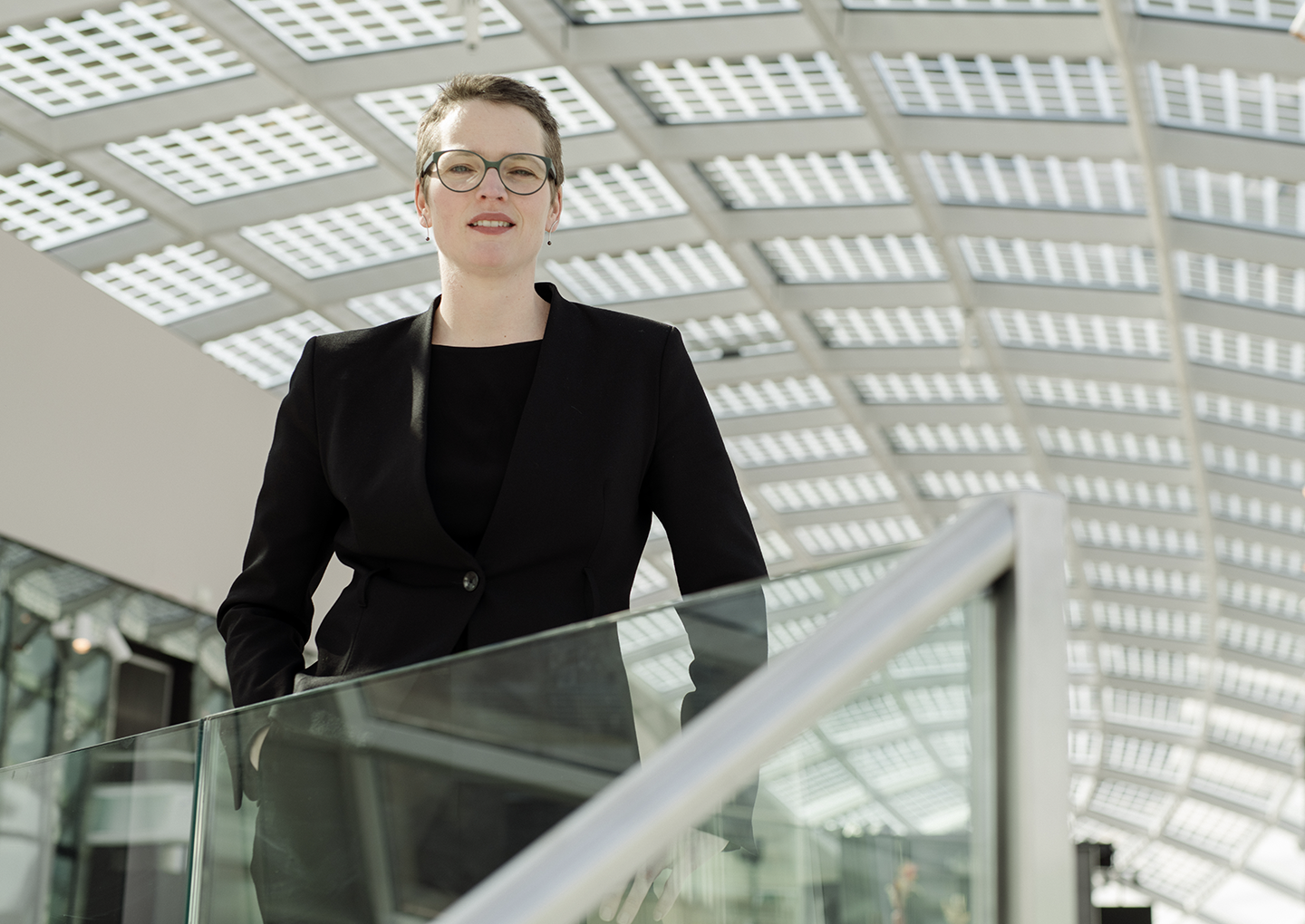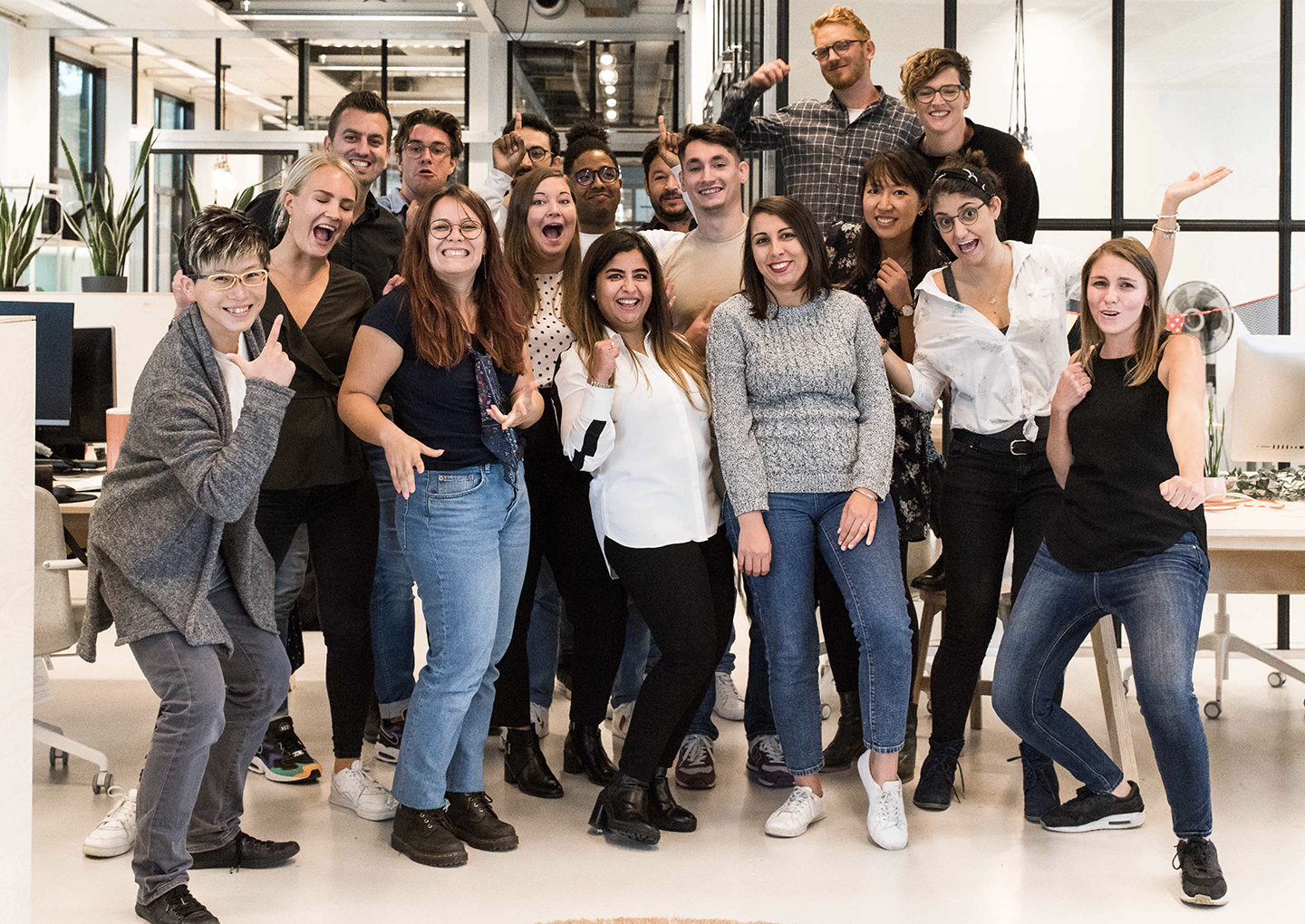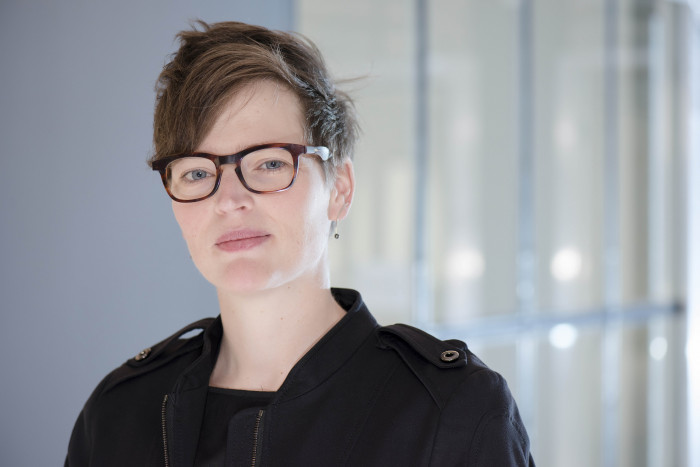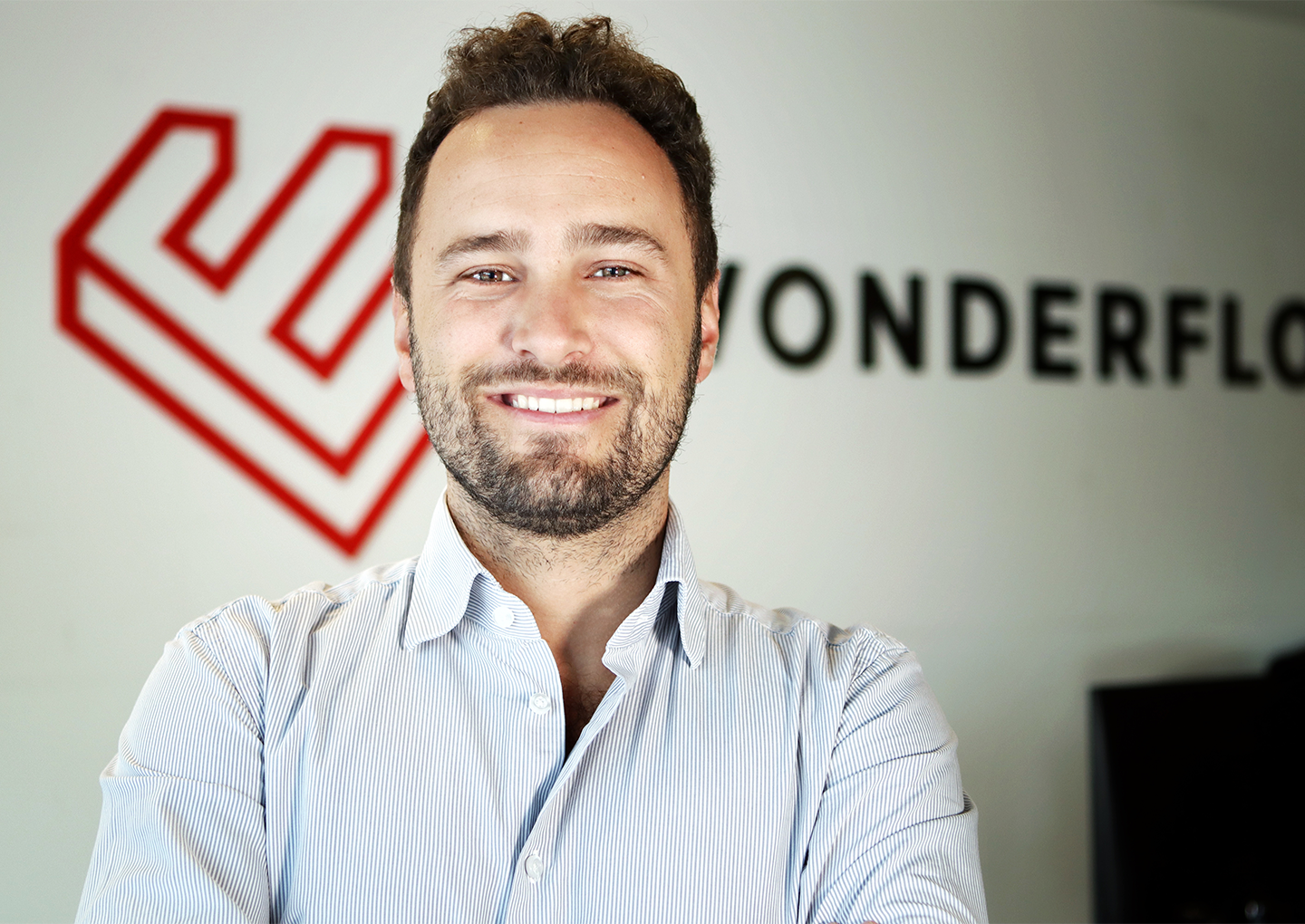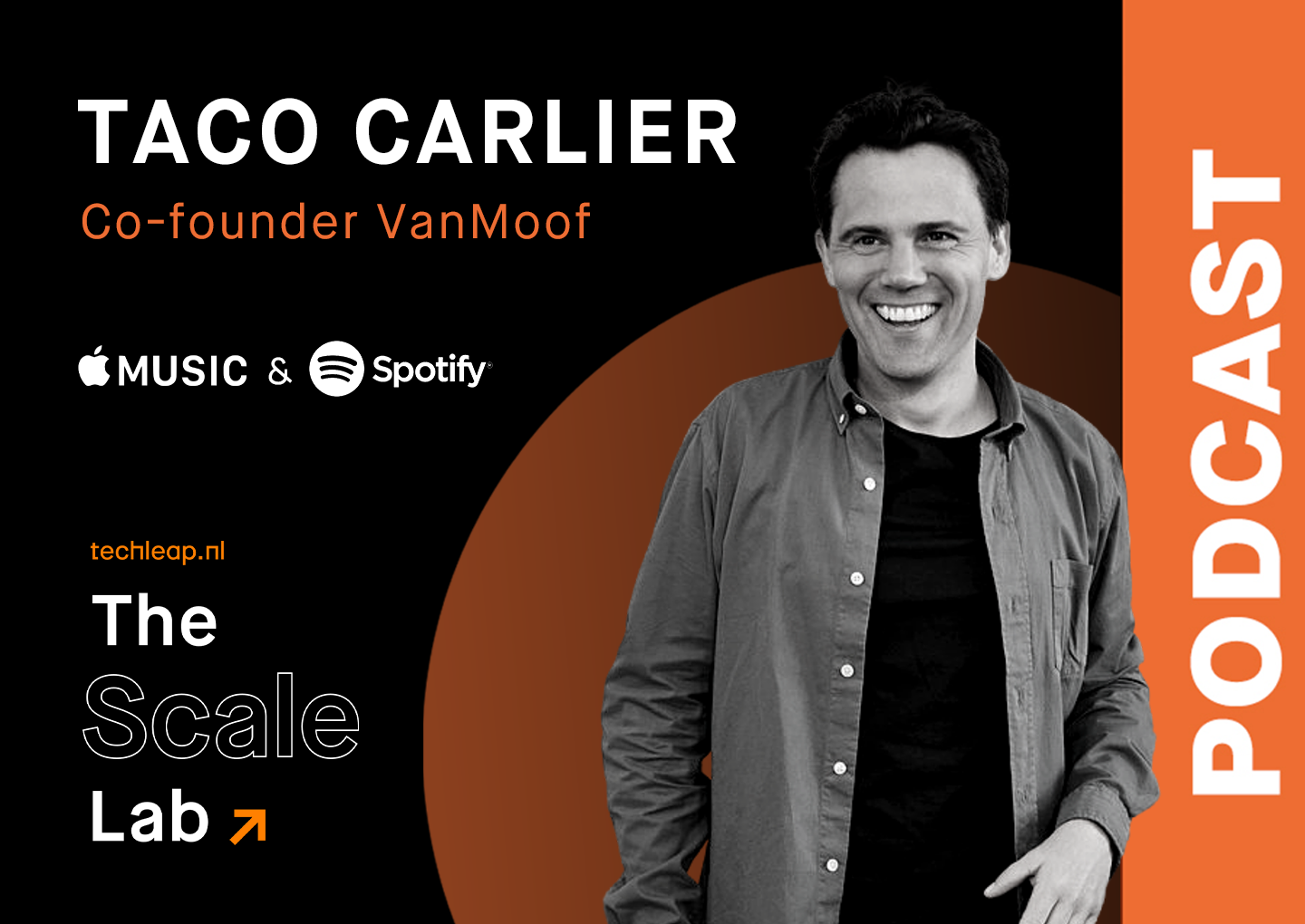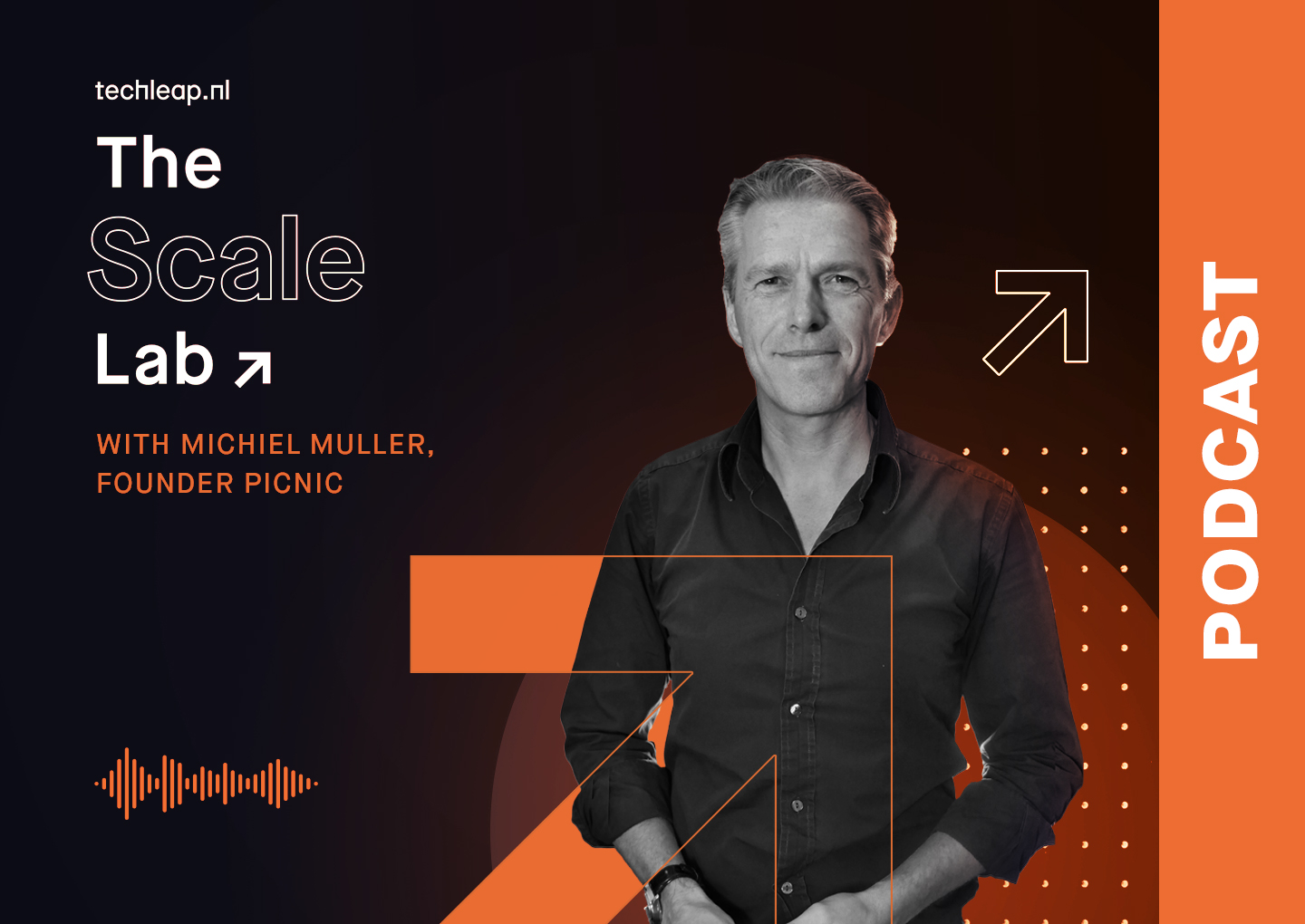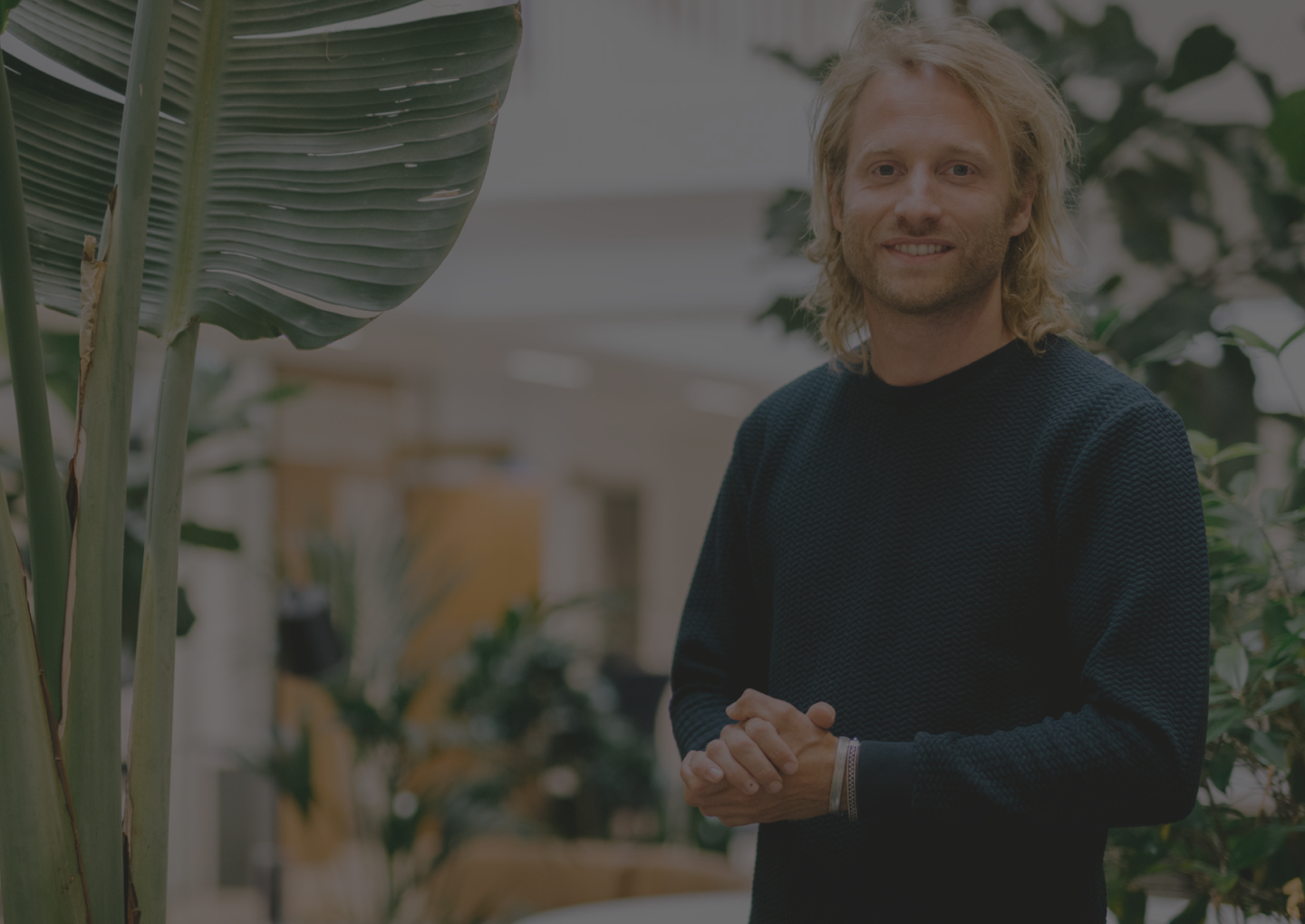
SwipeGuide in short by Willemijn
“In short SwipeGuide is a platform for workforce excellence in manufacturing. What that is, is digital work instructions and checks in an app. Within the manufacturing industry, technical documentation and work instructions, they’re still stuck in the last century. They’re printed on paper or Excel sheets and they’re very complex. Frontline workers spend all of their time at the lines, they have no time for anything else. So working through these documents usually eats into their lunches and evenings. We have developed a platform and an app that helps manufacturers reduce operational downtime through digital standard work instructions and text in a very unique way. This is based upon a patented instructional format that empowers frontline operators and engineers to document, capture and share their expert knowledge across teams, lines and plans with a consumer-like ease of use.”
